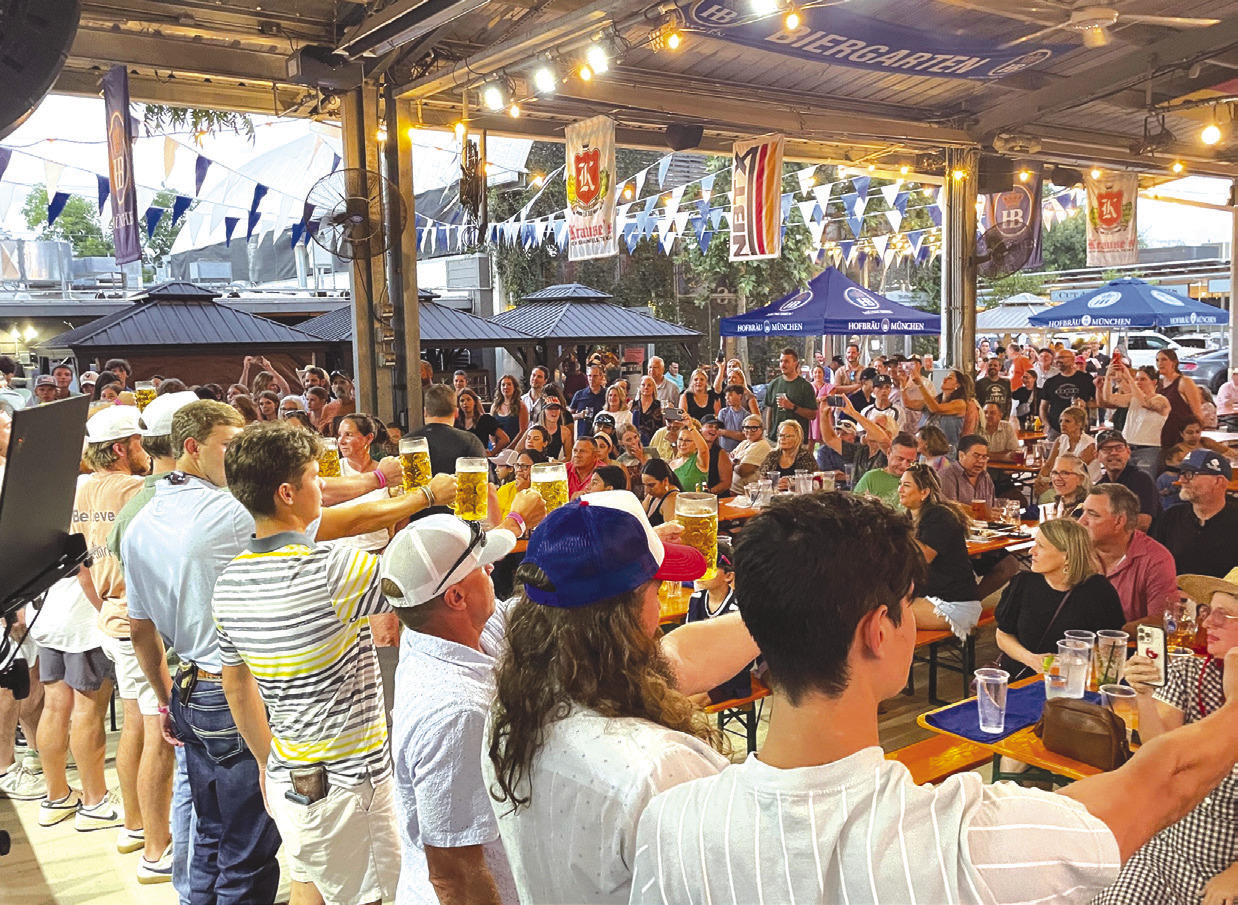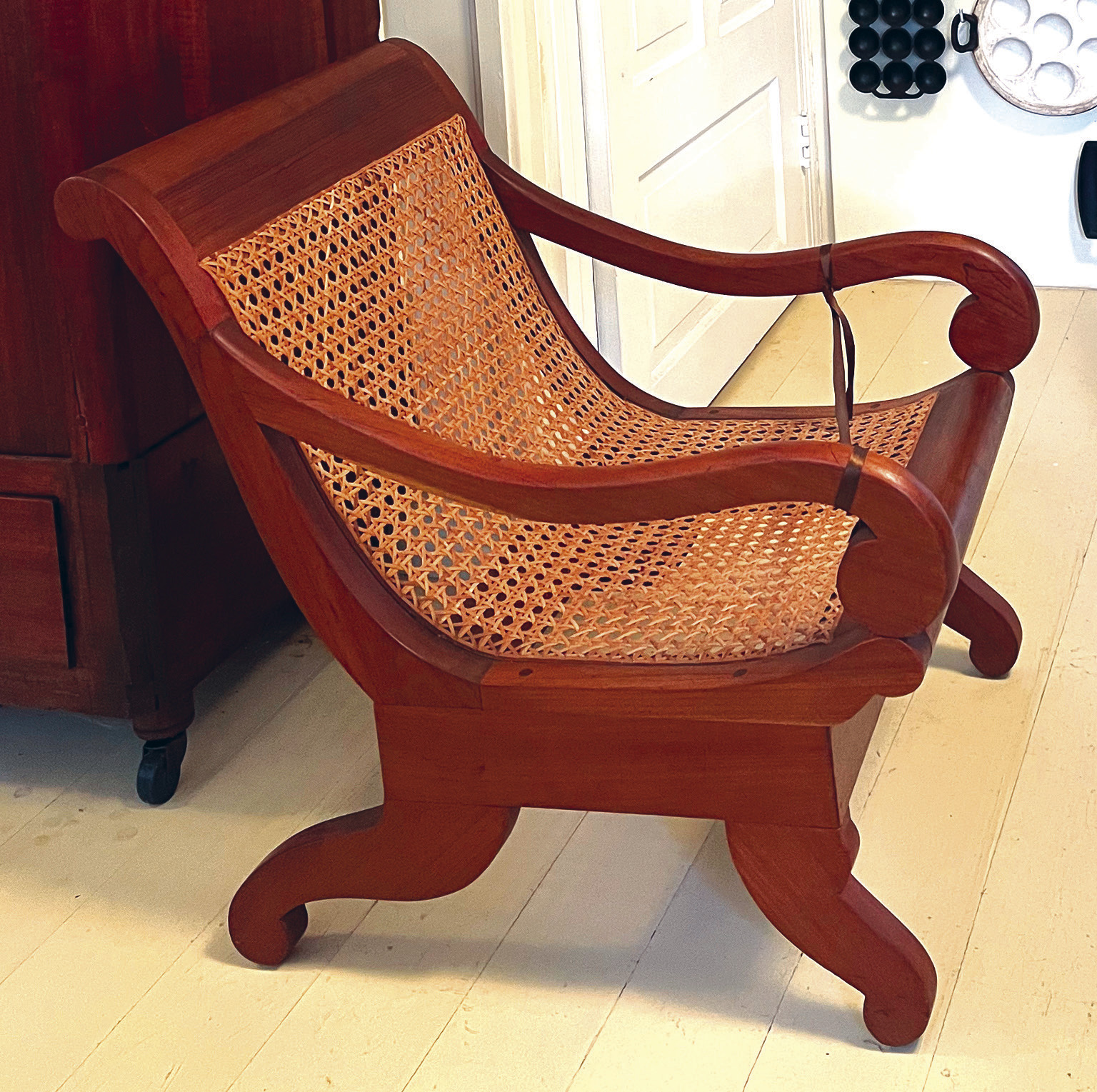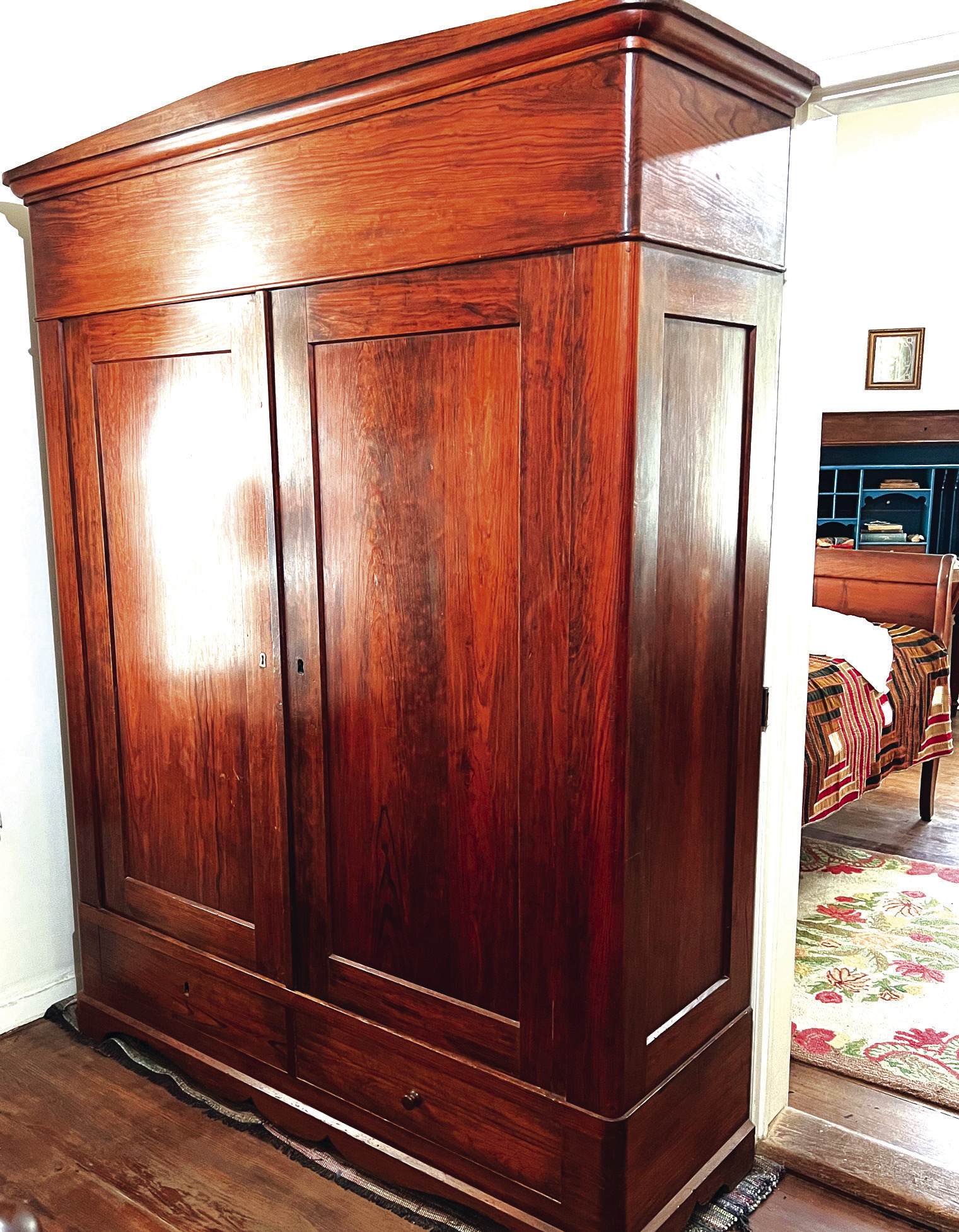Riffs, Roams and Raves uncovers the creative, noteworthy and accomplished in the Wimberley Valley and beyond with tips on who to hear, where to go and what to see from managing editor Teresa Kendrick.
I hate to keep repeating myself, but the Stars Over Wimberley performance last week of Jessee Lee and Chuck Cannon was another home run for Wimberleyarts. org. Lee, a fast rising singer-songwriter, opened the two-plus hour concert with a short set before Cannon took the stage.
Jessee, “with the double e,” kicked off her performance with the priceless “You’re Gonna Be Your Momma” from her album, Dive Bar Superstar. The song provided plenty of laughs and a few groans for every woman in the audience who could admit to a similar destiny.
“You’re gonna be your momma, even if you don’t wanna,” she sang in her lush Nashville accent. “Yeah, you’re gonna walk like her and talk like her. You’re gonna wake one day and lead the PTA and put the car seat in the Honda.” Dressed casually in jeans, she charmed the crowd with her unique voice and skillfully crafted lyrics.
After a brief break, Chuck Cannon was introduced by KWVH’s Coach Smith who admitted to the audience that he didn’t know the extent of Chuck’s songwriting accomplishments before he was asked to introduce him. When Cannon took the stage he quipped, “Hell, Coach, I didn’t know who the hell you was either,” which ushered in an outstanding performance from the hit-making Nashville songwriter who found fame by writing for John Michael Montgomery and the late Toby Keith, and a host of other country music stars.

JESSEE LEE. PHOTO BY RODNEY BURSIEL

THE MASSKRUGSTEM-MON CONTEST AT KRAUSE’S IN NEW BRAUNFELS BRINGS OUT COMPETITORS. PHOTO BY MEGAN FLING
Regaling the crowd with jokes and stories about himself, his family of origin and his adventures with performers who recorded his songs, he held the audience in the palm of his hand just as another reviewer said he could. With powerful dynamics and skillful pauses that took the audience from laughter to a wisdom so bittersweet it pierced the heart, he forged a powerful connection to Wimberley music lovers.
A talented guitarist who was thoroughly animated on stage, Cannon is gifted with a natural theatrical bent for storytelling. Between songs, he talked about growing up in Myrtle Beach, South Carolina. His father, he told us, was a Pentecostal Preacher.
“As a long-haired kid of 16, I had just one thing on my mind.” He waited as the audience guessed wrongly that it was girls — as he knew they would — before he hollered, “I wanted a car!” and then tut-tutted listeners for their unseemly assumptions. As he and his father wrangled over the car, he told his son he could get it on one condition, “You cut your hair.” Somewhere in that long-ago conversation, Chuck mustered the argument that he thought would sway the negotiations in his favor. “I’ve seen pictures — and Jesus had long hair.” But the elder Mr. Cannon was not to be outmaneuvered. “Yes,” he replied, “but he walked everywhere he went.”
In 1984, Cannon was a big deal in Myrtle Beach, but when Nashville beckoned, he went westward to Music City. Upon settling in, he heard music from an upstairs apartment. With a little trepidation, he dug out a bottle of Tequila and offered it to his neighbor. That neighbor was country music singer Keith Whitley, who tragically died at 34, just three weeks before becoming a member of the Grand Ole Opry.
After that story, Cannon launched into a medley of the songs he wrote that made Toby Keith famous. He ended with “How Do You Like Me Now,” a song of romantic revenge that he and Keith wrote that proved to be a huge hit for the artist.
He followed with a tale about trying to interest performers with a song he wrote called “Poison” which included the down home expression, “blow beets.” A euphemism for throwing up, his producer didn’t want him to include the line and other performers didn’t want to sing it either. But George Strait cut the song on his “Here for a Good Time” album. “You can learn to love anything wrong, trade your soul for a ball and chain. Pick your poison. Even a bird in a cage will sing.” As Chuck sang, he moved the audience from laughter to tears as they acknowledged the cost of keeping the wrong things close.
To set the mood for his “I Love the Way you Love Me,” the song that made John Michael Montgomery famous, he asked the audience to think back to the time of “BK,” before the kids arrived, when romance was new. He sang the song’s opening line, “I like the feel of your name on my lips” and when the song’s refrain came around, he sang it in the past tense, “I loved the way you loved me,” a sweet reference to his late wife, Lari White.
Someone in the audience requested the song “This Old Guitar” written with Chuck Jones that mesmerized the listeners with its poetry. Seemingly reluctant to leave, he pulled heartstrings with “I Ain’t Never Gonna Get Outta this Town” co-written with Jeffrey Steele and the late Mac Davis, a longtime close friend. But leave he did, to a standing ovation and shouts from the crowd to come back, to which he replied, “This is my first time here and I love this place!”
Roams: New Braunfels for Texas Biedermeier As an intern studying interior architecture at UT, I adapted historic furniture from museum collections for Wilson & Associates, a Dallas architecture and design company. Founded by Trisha Wilson, it was one of the world’s top three firms of its kind. Unfortunately the mega firm succumbed to the economic fallout from the pandemic in 2023, sending shock waves throughout the industry as her offices in Dallas, Dubai, London, Paris, Shanghai, Singapore and Tokyo closed.
The experience I gained during my internship left me with a deep appreciation for furniture design. So it was with anticipation that I headed off to New Braunfels to visit the Museum of Texas Handmade Furniture. The museum had several exceptional pieces of Biedermeier furniture made by Tischlermeisters, or master carpenters, from the German immigrants who settled there.
Ok, I may have lost a few of you there, but hang on a little longer, because my visit garnered more than a scrutiny of handsome furniture, it also opened the door to another story about the influence of German immigrants in the area.
I met Justin Ball, Executive Director of the Heritage Village, on the porch of the historic house that serves as the museum. A knowledgeable, engaging man, he gave me an excellent overview of the factors that led Germans to settle in Texas. In the 1840s, the country was overpopulated and a longterm drought had created widespread starvation. Europe was on the precipice of the bloody revolutions that swept across Europe in 1848 and ‘49 that would affect more than 50 countries. Desperate to find a better future, a group called the Mainzer Adelsverein organized emigration from Germany to Texas, and by 1845, the immigrants began to arrive.
Between 300 and 400 farmers, businessmen and skilled tradesmen made the voyage. Part of that group were master carpenters trained through the European guild system. Their livelihoods had dwindled when furniture making left the hands of the artisan and moved into the factories.
As each group settled, they built homes, businesses and schools and set about making the items to furnish them. Upper class furniture in Europe at the time was based on the French Empire style, a formal, gold-accented, highly-ornamented style that borrowed from Greek and Roman cultures. Popular with the middle class in the early 1800s was a style of unostentatious furniture called Biedermeier. Biedermeier designers adopted a more natural, relaxed look that relied on curves, geometric shapes and the grain of the wood for its ornamentation. It was this style that the Tischlermeister brought with them.
The Museum of Texas Handmade Furniture exhibits one of the largest collections of Biedermeier furniture made by the area’s German immigrants. It is housed in the home of Andreas and Caroline Breustedt. Guided by the Adelsverein, Breustedt arrived in Texas in 1845 and entered the service of the Rangers. After some bouncing around, he landed in New Braunfels, and in 1852 he married. In 1859 he completed a larger home, now the museum, and the couple had 12 children, nine of whom survived. The home was later acquired by Bill and Nan Dillen who were preservationists.
A visit to the museum is a delight. Not only do you see an original home of the era and its furnishings, you are treated to the 11 acres that make up the Heritage Village, of which the museum is part. Across from the museum are ancient oak trees that you can sit under and hear birds sing.
For many designers and collectors, Biedermeier furniture is evergreen. Its simple lines, geometric forms and glossy finishes are sought after by designers and collectors for its enduring appeal. For me, the trip to the museum brought out one of the joys of history: paying attention to an object as simple as a table and discovering a rich story of people who risked everything for a better life.
Raves: Masskrugstemmen Last Saturday, Krause’s Cafe in New Braunfels held its annual Masskrugstemmen. It is the traditional beer stein-holding competition where participants hold a liter of German beer by the handle, straight out in front of their bodies for as long as they can. The last person still holding his or her liter of beer wins. There are competitions for men and women and Krause’s competitors have already weathered six rounds. After the seventh round last Saturday, a final competition will be held August 3 at 8 p.m. The male and female winners of the competition will receive a weekend in The Big Apple that includes airfare for the winner, hotel and, according to Krause’s Cafe, the “VIP treatment.”

A PERENNIAL STYLE, THIS TEXAS BIEDERMEIER CHAIR DISPLAYS ELEMENTS BORROWED FROM GRECO-ROMAN CULTURE. PHOTOS BY TERESA KENDRICK

A BIEDERMEIER WARDROBE MADE BY GERMAN IMMIGRANTS IN THE MUSEUM OF TEXAS HANDMADE FURNITURE.







